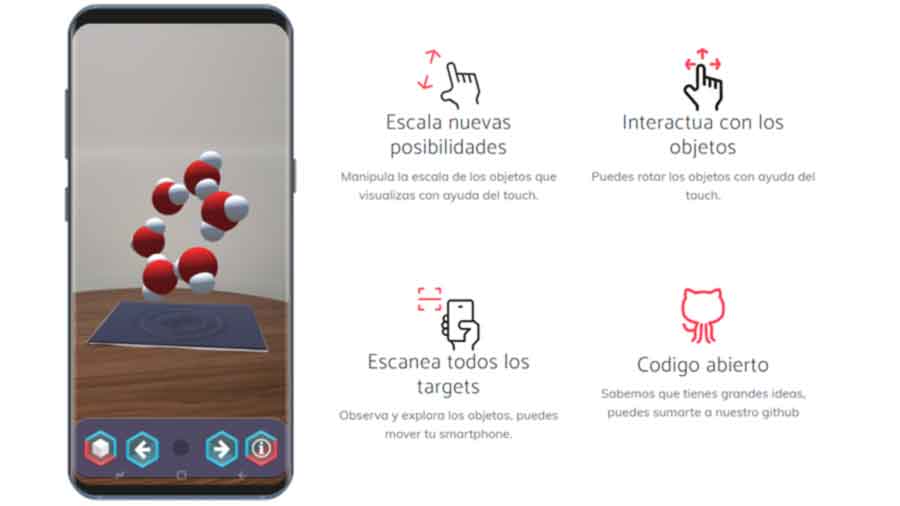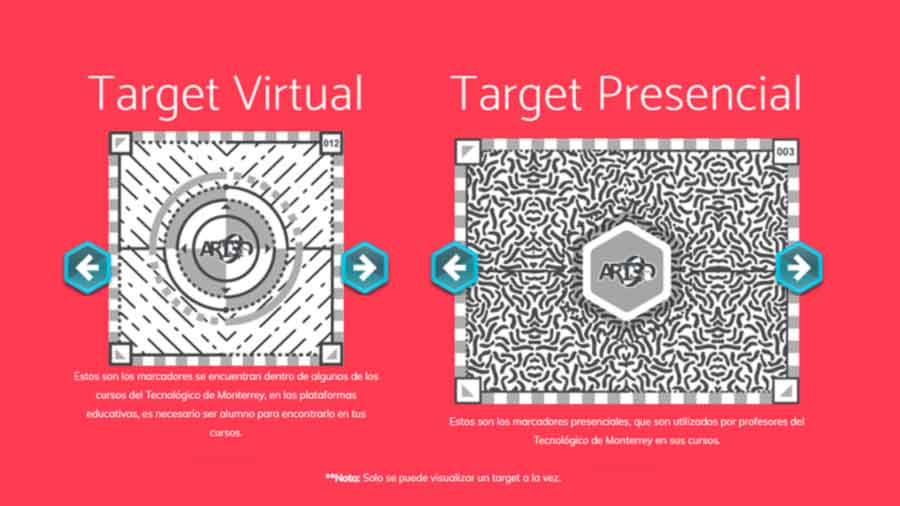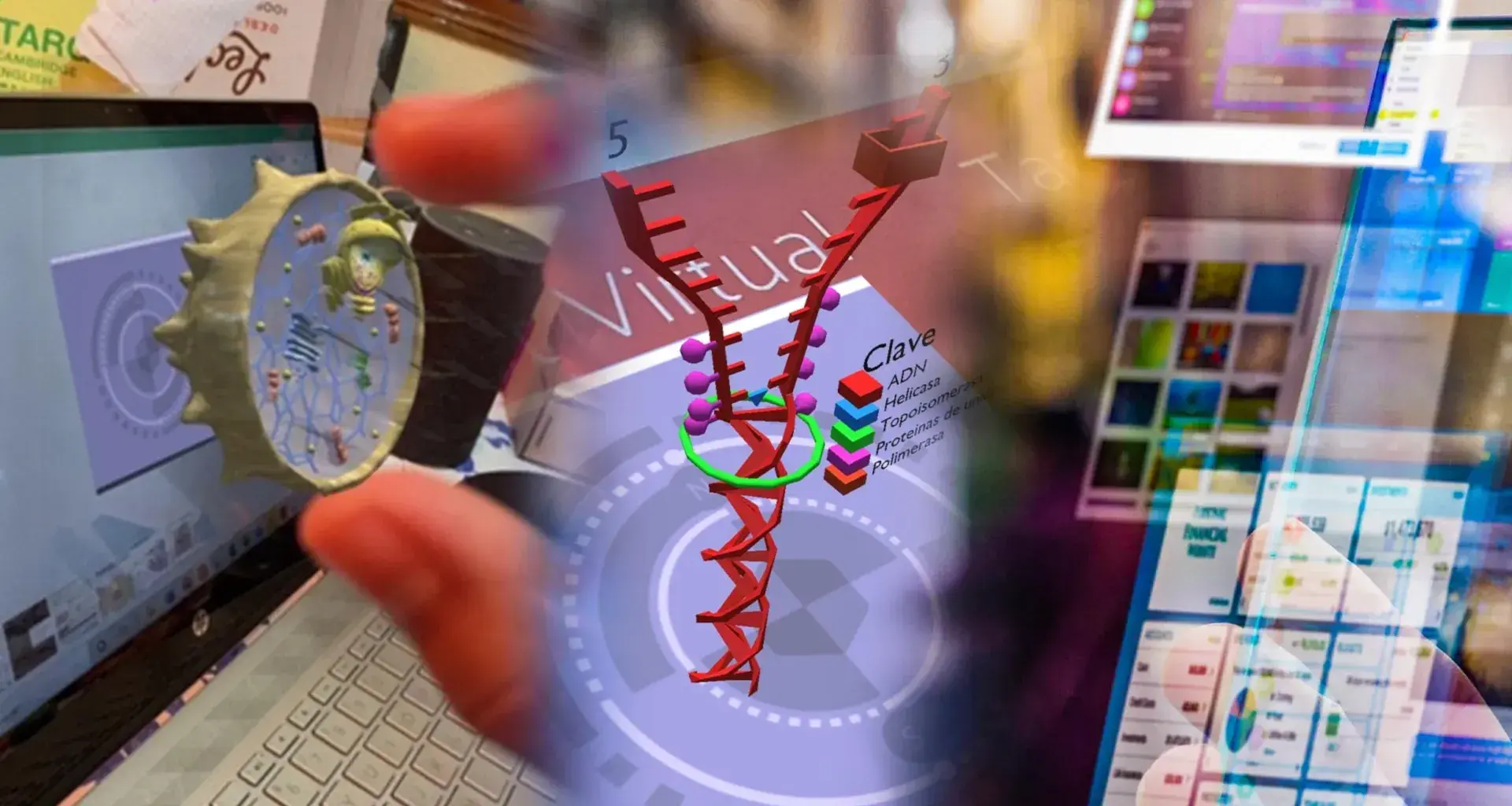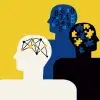A student is looking at a cell in the palm of his hand. He can zoom in to get a closer look or rotate it to view its parts thanks to the augmented reality effect.
This is part of Tec de Monterrey’s project to use this technology to make online classes more innovative and motivating using smartphones.
Professor Jorge Membrillo explains that augmented reality brings something from the virtual world into the real world by simulating its physical existence using technology such as a telephone or a visor.
In class, he places cells or DNA molecules from the screen into his students’ hands using an app developed by the Tec for smartphones that simulates 3D models.
“It’s a project that turns a remote class, which can sometimes be boring, into one that’s more comfortable and interesting for students in a world with 10,000 distractions,” he says.

Young people are interested in augmented reality
After receiving positive feedback from students at the beginning of 2021, the professor at the Mexico City campus says that this is the second time he has used this technology in his classes.
“A fundamental part of the process is for students to learn through doing. Here we do by learning, and we learn by doing,” says the professor.
“Students think they’re relevant activities. They feel motivated because they learn better skills. They say it’s entertaining and original, and they even get excited when they see the molecule and can take photos of it,” he says.
The two courses he teaches are Scientific Foundations and Biomimetics and Sustainability.
They’re taught online and in a Global Classroom in which not only Tec de Monterrey students participate but also students from two other foreign universities, in this case from Spain and Colombia.
“A fundamental part of the process is for students to learn through doing. Here we do by learning, and we learn by doing.”
Do this to see a cell in your hand
Membrillo says that to use the technology you need to download the Art3D mobile application, available free for Android and iOS devices.
During the course, students are asked to use the app, which automatically opens the camera, and point their phone at some QR codes on the screen.
These codes are made by the Tec’s Digital Education department and can be shared with teachers for their courses.
After reading the codes, the phone performs the “magic” of projecting a 3D model of things such as an organism, a cell, or a mathematical or physics equation.
Once the code has been scanned, it’s added to a gallery where students can later view the model without the need for the QR code.
“For example, I was talking about the parts of a cell in my classes, and when we went to look at the cells, I shared the code with the students.

“This augmented reality is fantastic.”
Originally, this project was being used by the Tec for online classes led by one or more teachers with groups of students from different states.
“There have been many changes in education because of the pandemic. Many of us had planned in-person courses that we had to change to remote ones,” says Jorge.
One of the reasons the professor gives for looking to implement this technology within the Tec21 Model is its compatibility with essential issues related to the model.
The Tec21 Model is based on challenge-based learning that’s flexible, provides a memorable college experience, and has inspiring teachers.
“There have been many changes in education with much of what’s happened with the pandemic.”

“This augmented reality is fantastic. You can create challenges, and students can see and solve them.
“As teachers, we need to study, stay up to date, innovate, and provide a place for students to express themselves,” he says.
Likewise, Membrillo points out that technology must complement the pedagogical aspect, and the teacher must be clear about the competency to be developed before using the technology.
He also points out that he’s looking to work on other projects that involve this technology and that imply a deeper development of the subject and its pedagogical application.
“I have an idea to write a book based on these codes. Imagine a book in which you can turn the pages and see the molecules with only QR codes instead of images,” says the professor smiling.
“This augmented reality is fantastic. You can create challenges, and students can see and solve them.”

One step closer to turning fiction into reality
Membrillo says there are students in his classes from various areas such as health, engineering, biotechnology, and even the visual arts.
“I have students who are studying art and digital design, and when they saw this, they said, ‘This is what we want to do.’
“A student told me that he wanted to go to Pixar or Disney, but he realized that science can also include art,” he says.
“A student told me that he wanted to go to Pixar or Disney, but he realized that science can also include art.”
Membrillo says that some of them are also interested in the development and improvement of this technology and want to use it to add special effects.
“The main challenge of this technology is that it’s at a basic stage. I think it can develop into something more dynamic and even be applied to many other areas such as health,” Membrillo concludes.
You can see the ART3D project here
READ MORE:





